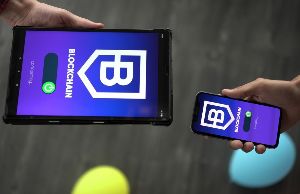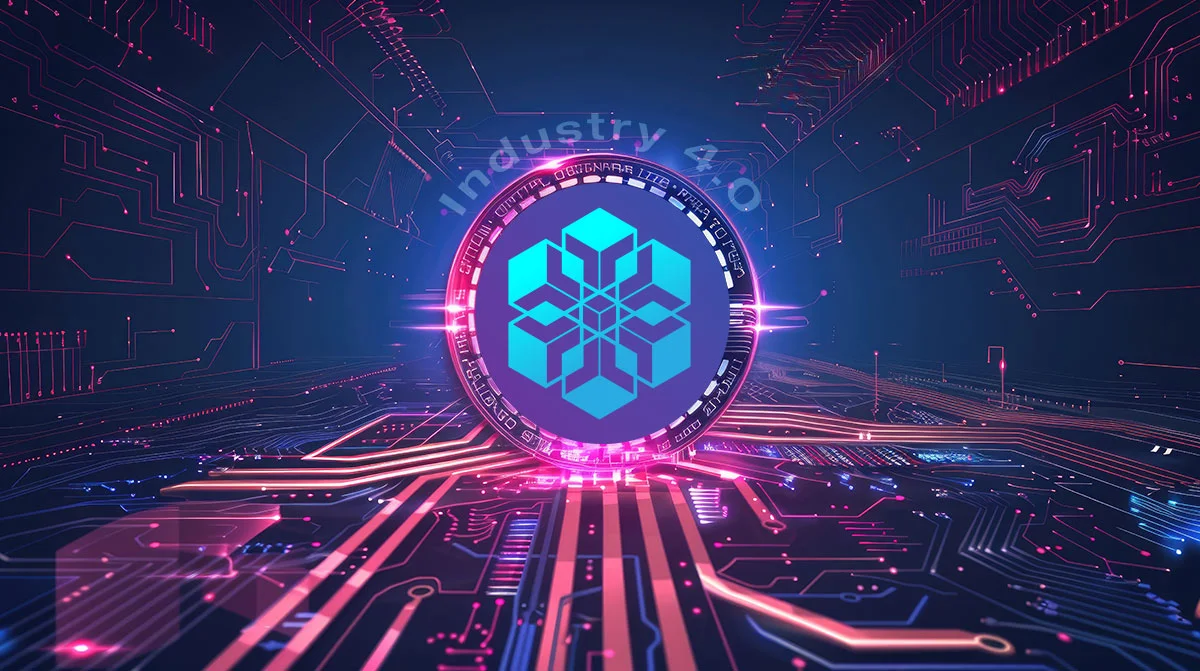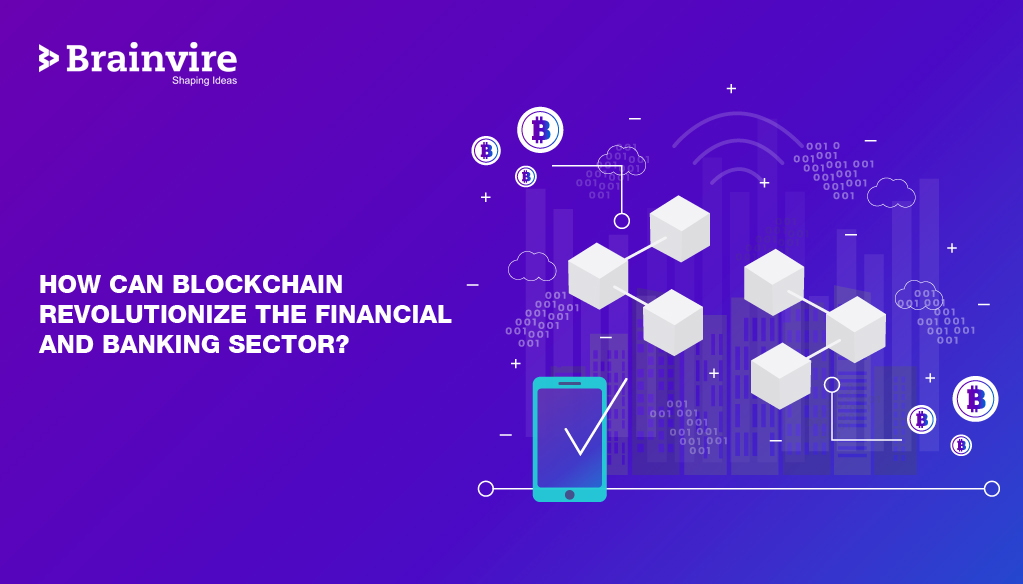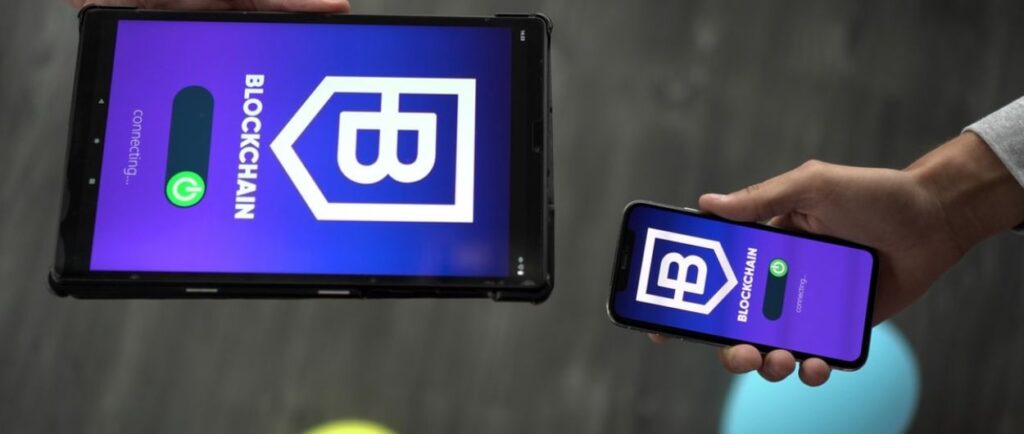
Blockchain technology is changing the way we think about the technology, and it now crosses the boundaries of the healthcare system with banking. This technological revolution has captivated us and enabled us to explain futures in detail. However, the hype about blockchain technology has slowly faded as it continues to grow. Also, cryptocurrencies users are no longer limited to the banking sector and are moving to the digital property zone to manage the digital ID.
Statistically, this technology will reduce infrastructure expenses in banking by about 30% in the long term. It could also improve the economy through a variety of integrations, including healthcare, education, tourism, and legal systems.
This blog provides information about how to develop a blockchain application using basic programming techniques.
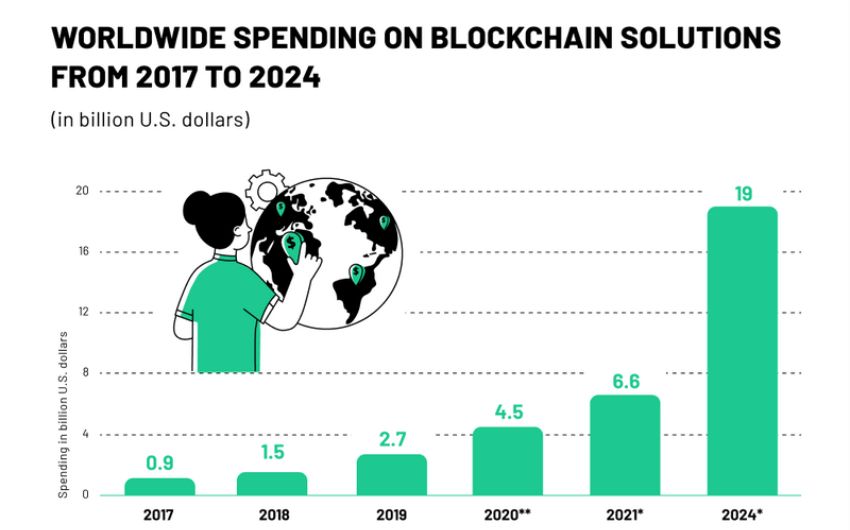
What Is Blockchain And How Does It Work?
The word blockchain means digitally recorded transactional records. The ledger spreads over a complete network which comprises computer systems that have links to the 4blockchain. Several blocks can hold different actions. Upon adding new transactions, the blocks for the participants receive corresponding data about the transaction.
The addition of a new block on Blockchain requires internode communication and validation. All network participants must agree upon this by consensus prior to registration. There are some consensus mechanisms, including proof of working (Bitcoin), proof of stake (ADA), proof of authorization, etc.
Types of Blockchains
If you’re interested in blockchain programming, you must know that it can be used in many different ways! Blockchains have three main network types.
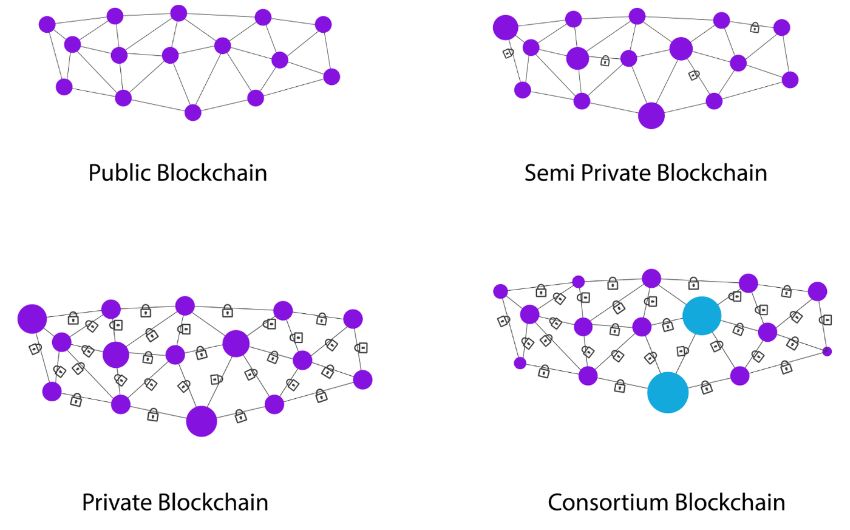
- Permissioned Blockchain (Private)
Authenticated or private blockchains can only be opened to authorized users. The standard rules govern the transactions between a network participant and another node (network) in general. Organizations using privileged blockchains use the most permission-free system in the industry. The transaction validation for such setup comes within the same organization as aforementioned.
- Consortium Blockchain
Blockchains are also known collectively as federated blockchains. It’s very much like a private blockchain with individuals who have a private account. A validated node in the blockchain can initiate, retrieve data from and verify transactions. Members Networks are responsible for initiating/receiving transactions. During validation, they cannot open their doors.
- Permissionless Blockchain (Public)
It’s accessible to anyone with access to any device. During the course of their transaction, the user is able to log in and validate the transaction while keeping anonymity. Bitcoins, for example, are the most famous permissionless blockchains. It’s the best way to build an app that’s accessible for everyone.
- Hybrid Blockchain
Hybrid Blockchain uses both types of blockchain mentioned above (permissionless and permissioned). Organizations benefit by incorporating two world elements into one scenario or two. Hybrid blockchain enables private systems to be combined with public systems. The new protocol enables the organization to control access to a specific database on the blockchain by the users themselves. This determines the range and availability of all network participants.
5. Building Smart Contracts or Decentralized Apps (DApps)
Other noteworthy options include DAAPP / DEcentral application. In standard centralized applications, the code is stored in a server on a centralized server only. However, D apps are based upon an isolated peer-to-peer network. This will allow a call to devise interfaces to backends. The developers can code the interface in virtually every language. Let’s see which is a better coding language for Blockchain.
Types of Blockchain Programming
Many languages can be useful in blockchain development. Before we get going, we must learn about types of blockchain software.
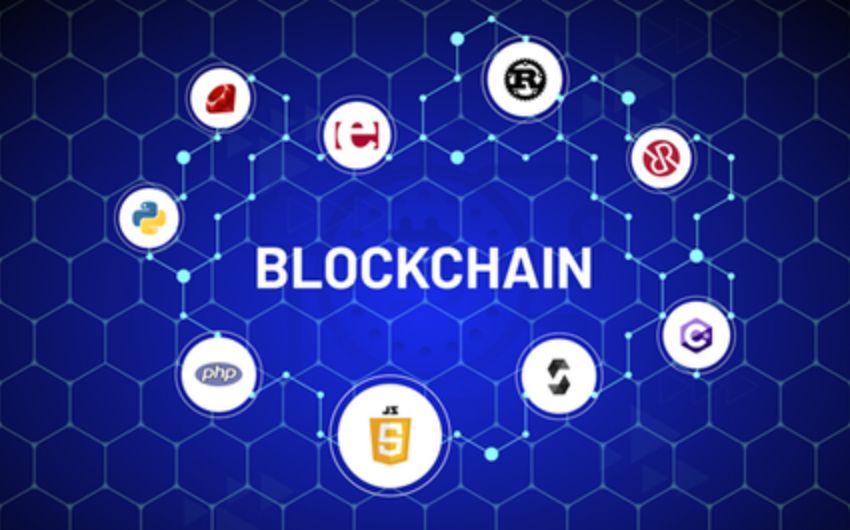
- Obsidian
The Obsidian code language is the newest available on ethereum blockchains. It provides a flow chart to display contract movements across different stages. User code must be written mentioning state transitions or interstate transitions. It has linear-type systems that make implementing belts easy on any suspension device.
This way compiler is perfectly able to use these types to avoid typos or bugs. Even though a good solution is on a blockchain, the programmatic programming language can be used for a different project in the same way. This does not apply to all coding systems.
- Plutus
Cardano Blockchain is a similar blockchain technology that uses proof-based transactions and is based on cryptocurrencies. This has multiple layers which help remove settlements in smart contracts. Basically, the blockchain can help to manage distributed consensus. Plutus is an important programming language for the contracting industry.
- Sophia
Sophia is a metalanguage with a broader structure than standard ML. The language is also a popular programming language and supports a cryptic blockchain. This program combines proof and test methods for proof of work. It shows interaction with real-life IoT devices.
Sophia is an optimal programming system for writing such contracts that are linked to a real-world object or an Oracle. Moreover, the feature of explicit contracts and data structures can be easily built into blockchains.
- Michelson
This blockchain technology consists of some kind of proof-of-stake, which operates via a voting mechanism. The system will help with standard-level protocol development. Michelson can contribute to the design of this blockchain.
One of these languages uses a static format with a robust type checking the structure and runs in the stack. This language was derived from Forth, another stacking language. Among functional approaches, its similarities are the ML (Meta Language) and Schemes.
- LLL
LLL is a Low-Level Lisplike Language. The Lisp-style Code is covered by thin parentheses for compatibility in eVM programming. Users may expect excellent software support with a wide variety of low power source and memory locations. LLL will allow programmers to develop smaller-scale and efficient contracting solutions as opposed to high-end options.
- JSON
JSON data formats can help develop blockchain applications with packet control of cryptocurrencies. XRP transactions are managed in Ripple by sending the JSON data to Ripple. The developer will have to fill in this code and post it later. Fortunately, users can use all blockchain-based programs to transmit HTTP POST messages.
- WASM
WebAssembly is an easy-to-use computer that can be used to increase web usage by using easily compiled code. The WASM blockchain serves as an important basis for EOSIO blockchain transactions. Typically C++ programming is used for first-gen contracts, and the code is written in WASM format.
- Varna
It is possible to use Varna as part of aeternity blockchain. Compared to many other alternatives, it’s simpler and easy to understand. The use of simplicity is similar to BitcoinScript. However, it must be noted that a process has started in Varna.
Best Blockchain Programming Languages
For more detailed information on the best blockchain programming language for blockchains, we have developed our guide. Give it a read for a detailed overview of these future-proof cryptographic languages. Our main goal is to provide you with every essential knowledge about a good blockchain programming language.
- Rholang
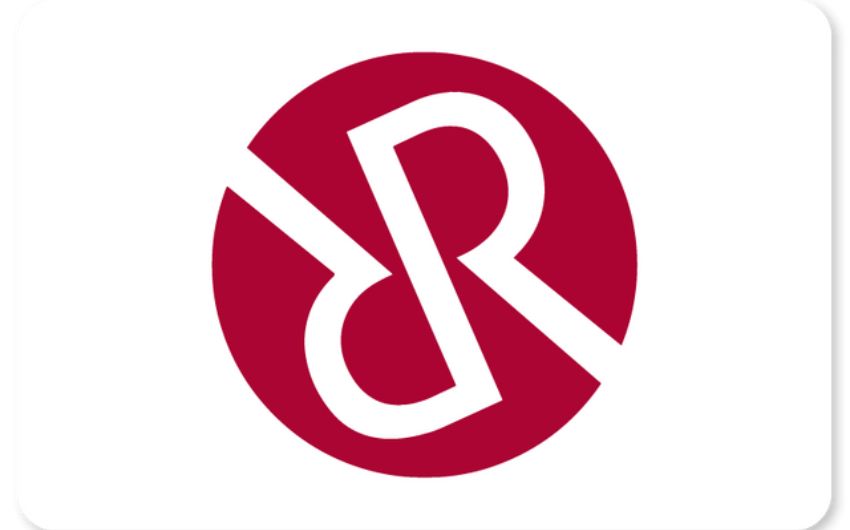
Rholang is an excellent blockchain programmatic language which has a great deal of potential. It currently experiences ongoing development and aims to solve a broad set of problems by focusing more on functionality rather than on objects instead.
Rholang is an application that holds no variable data that can be changed in later lines like C++ or Python. Instead, it examines the complete application in a sequence of functions that is resolved in successive steps. Rholang is a good blockchain programmatic language that leverages functional programming paradigms and offers the highest quality and elegant approach in the blockchain.
This could help to solve many blockchain-related problems, which fuels their popularity. It has a distinctive functional programming approach that makes it an interesting language for young developers.
- Ruby
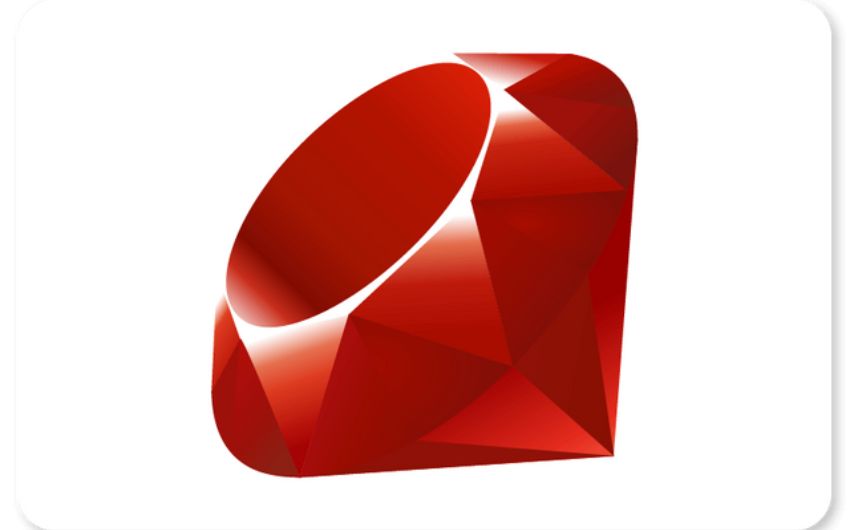
While still a little older tested within the business, Ruby is gaining popularity as a blockchain-oriented programming language. Ruby can be considered a viable blockchain-related programming language in many ways. It provides developers an alternative way in which they can rapidly develop visions using open-source third-party apps or plugins.
This general-purpose and high-level programming language provides rapid prototyping of a developer’s project. Ruby allows developers to mix its functionality with various programming languages for improved functionality. It is widely used for developing scalable blockchain applications & platforms.
- C#
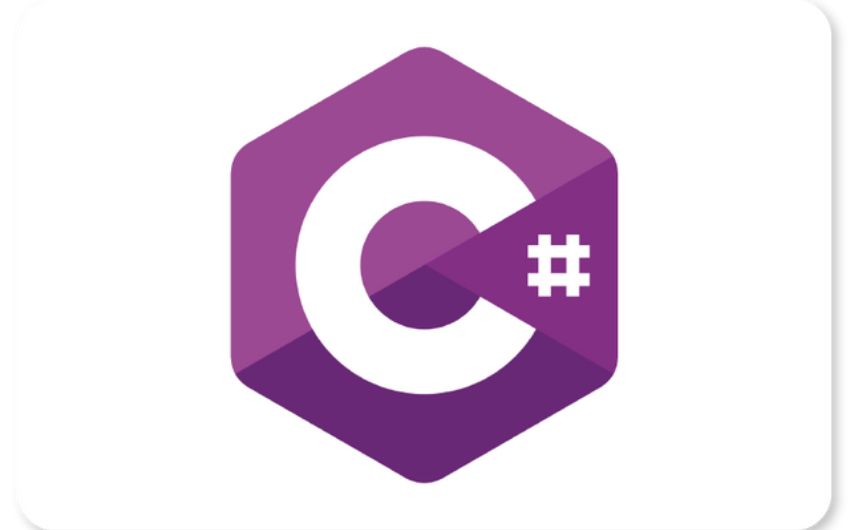
C# was a very early development language with huge popularity and established itself among top blockchain developers. It allows developers to write high-performance code that is easily portable and compatible across any device.
The object-oriented feature in the XML blockchain language helps make development easier by giving developers an easy and efficient approach to the code of blockchains and other applications. It’s syntactically similar to C++ and Java. This way, many experienced blockchain programmers can easily learn C# and modify their systems.
- Solidity
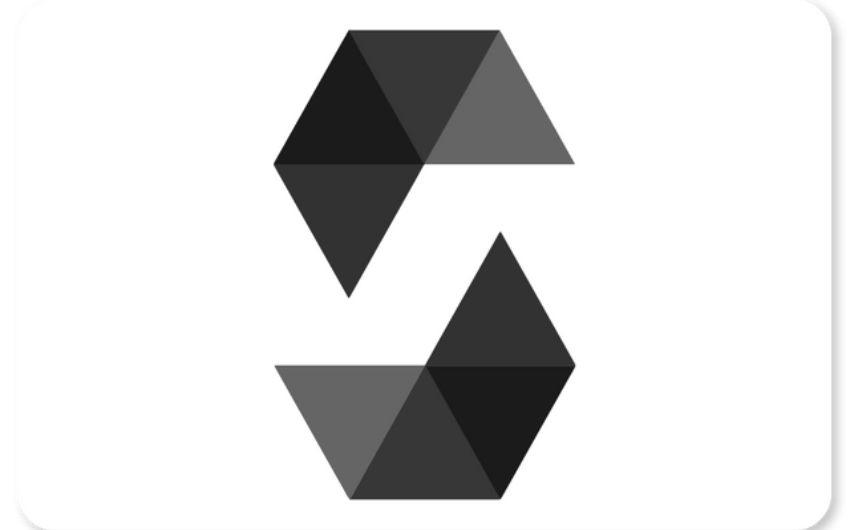
Solidity has been developed to help developers build a smart contract language. This is mainly written by Ethereum – a popular Open Source blockchain software development platform for business applications.
Solidity provides the best solutions for the most challenging blockchain challenges. It’s statically typed with syntactical elements similar to ECMAScript. It compiles bytecode before execution and changes the natural flow of an application with carefully designed semantic components. Learn a new vocabulary of blockchain right here.
- CX
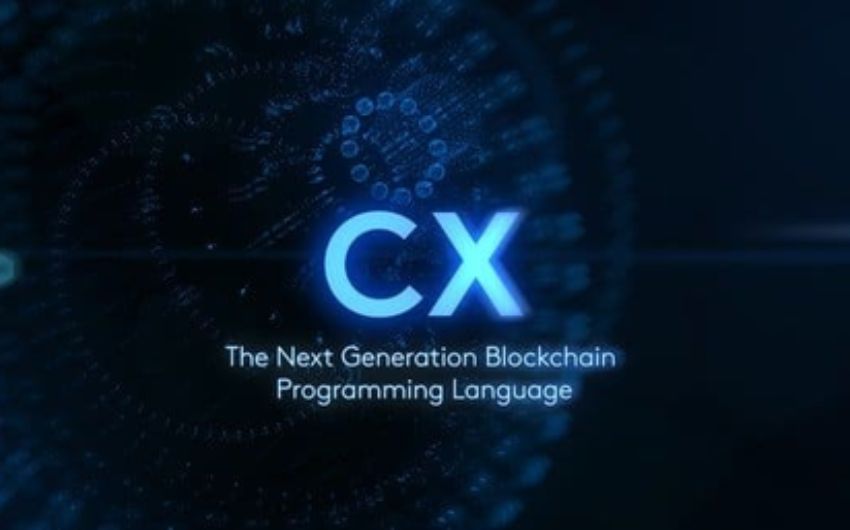
CX is an integrated blockchain programming language that can operate on contract digital channels with Skycoin. It has easy error control functions and offers sophisticated slices, pointers and arrays to easily build any blockchain.
Originally built in Go, CX prevents CX systems from performing arbitrary codes, a major challenge in modern business software. It combines extremely smoothly with OpenGL and uses GPU power efficiently, making it suitable for deploying or developing GPU-based software that demands high-performance parallel processing.
- Java
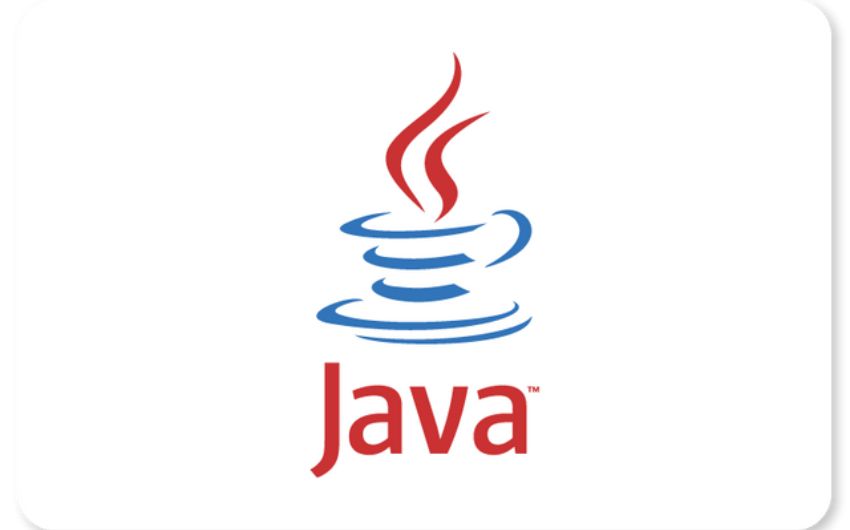
The one language that challenges C++ in the industry is Java, and this is in a very good way. Java is very similar in many regards to C++ for object orientation and a wide community of third-party applications.
Java is a very popular and powerful programming language with high portability. Java programs can also be carried out across all computational devices because they do not depend upon systems specific architectures. In addition, it uses a Java VM. Java is also considered to be a very good blockchain language.
The most interesting blockchain solutions that showcase Java’s ability to perform well are IOTA NEM hyperledger fabrics.
- Simplicity
Simplicity has been introduced by Russell O’Connor to blockchains for the first time. It is a very advanced blockchain code language designed to help improve complex low-level knowledge of Bitcoin.
- Script
Script is a smart contract language for the blockchain. This language has become regarded by many professionals as the best blockchain programming language for generating smart contracts. Creating logical components hidden from developers helps increase efficiency and helps accelerate the development process.
- Rust
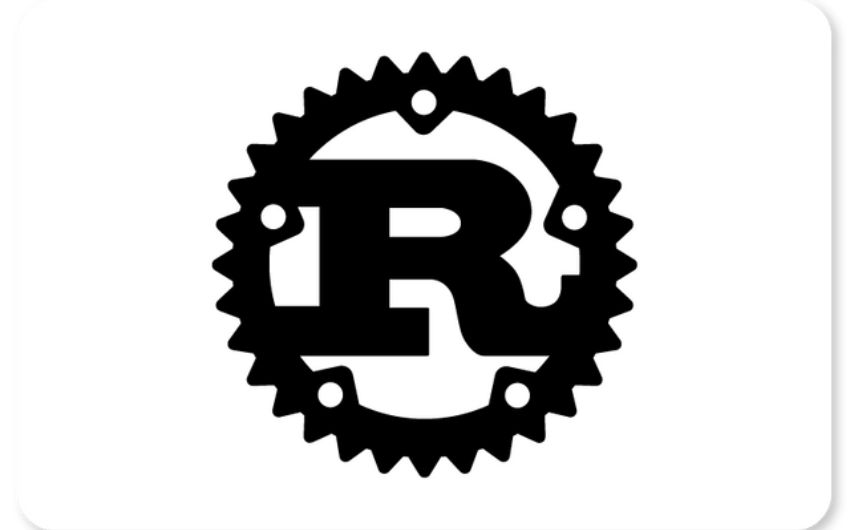
Rust is currently aimed at helping developers develop faster, efficient blockchains. Rust is excellent for CPU-centric tasks. Rust has a functional or imperative solution that can help develop blockchains.
Despite having very good support for mutability states, blockchain is an excellent programming language to use in a cryptocurrency network. Rust compiler offers an amazing optimized blockchain. This coding language is very useful for implementing real blockchains as they can be easily implemented.
Besides managing mutable states, the program optimizes code and provides improved memory and concurrency capabilities.
- C++
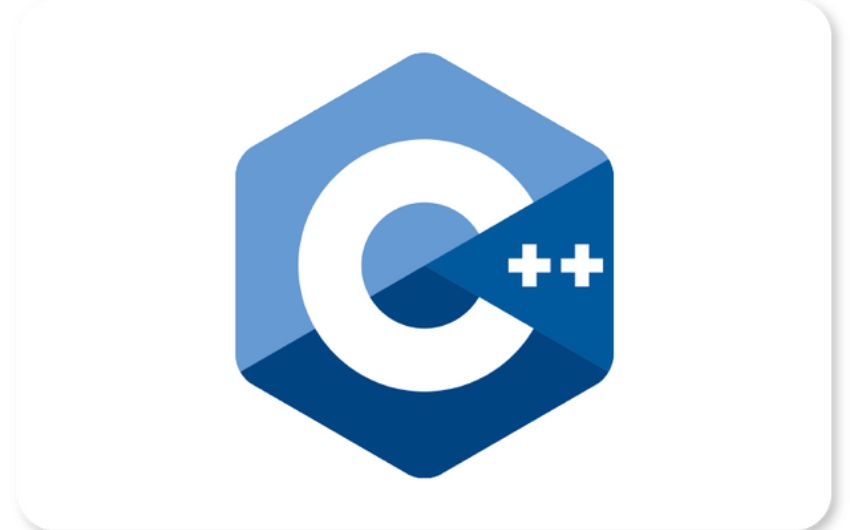
Even in blockchain technology, C++ retains its superiority. C++ provides a clear advantage in cryptography because of its primitive memory management ability, advanced multi-threading capability, move language semantics, and a number of key objects such as runs, polymorphism, and function overload features.
Developers have the flexibility to combine functions/data into a unified module like iCloud does when it is wrapped with cryptography.
The Bitcoin blockchain was first implemented by Blockchain in this extremely precise language.
- Vyper
The highly innovative blockchain-based programmers are focusing on the creation of smart contracts. It’s usually used in EVVM, as in solidity. It is nevertheless very different from Solidity in terms of controls, structures, or security issues.
Vyper reclassifies many object-oriented functionalities in Solidity, including modifier, recursively calling, and infinite loops. The use of Vyper is to minimize the risk related to the use of these products. It’s worth considering using Vyper.
- Python
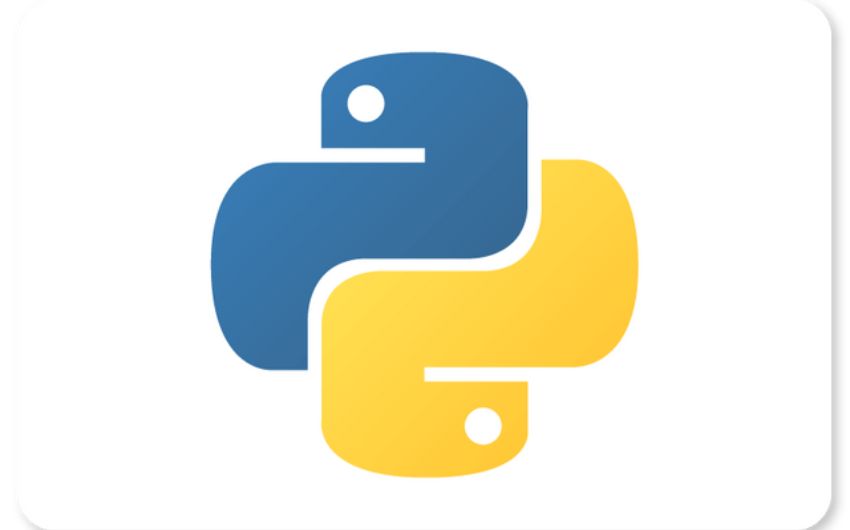
Python is one of the easiest to learn blockchain programming languages for beginners. Although blockchains constructed with Python generally underperform despite their interpretable nature, Python allows developers to easily prototype an idea.
Python is also a good program to write objects that can handle a wide range of performance-based overheads. The most important advantage of Python for developing a new cryptography platform is its extensive open-source capabilities.
- JavaScript
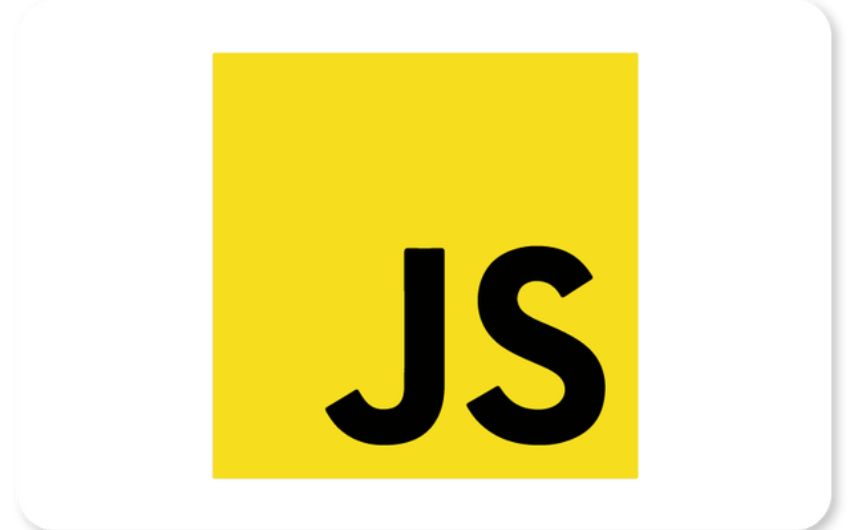
It is a puzzle worth solving how JavaScript changed the once unfavorable slope to the blockchains. Because of NodeJS, innovative development nodes can easily develop high-end blockchain applications using JavaScript.
Unlike other blockchain-oriented programming languages, the blockchain language is also available on most computer systems. All websites use JavaScript. Hence you can develop upcoming Blockchain using this coding language and avoid the integration.
- Scilla
Another new blockchain language, Scilla, maintained by Zilliqa, aims to reduce safety risks and provide verification in the field. They provide static guarantees of smart contract verification for the commission on the blockchain. Scilla reduces instances of error-prone codes dramatically, as well as reduces reliance on large audibles. It is written in bytecodes to make blockchains very portable, if not intermediate.
- PHP
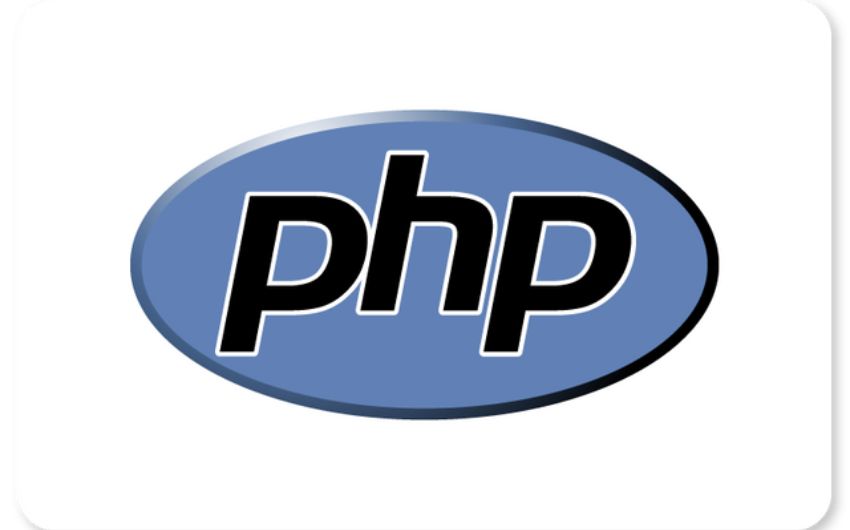
Although no longer compatible with modern web technology, it covers most web-based applications. The blockchain platform has object-oriented features and is highly accessible by the open-source community.
- GO

GO was created by Robert Griesemer, Robert Pike, and Ken Thompson and is a pioneer of a number of modern programming languages, including the best-known coding languages. It is characterized by a statically based GO language that combines similar syntax to C with modern languages such as JavaScript and Python with additional performance options and security advantages.
It has incorporated code development with compilers and is easily understandable. It’s a fantastic choice for building efficient blockchains. A good language for the development of hyperledger networks and the development of blockchain applications. Other high-quality features include classes and inheritance: generic annotations, constructors, exceptions, etc.
- SQL
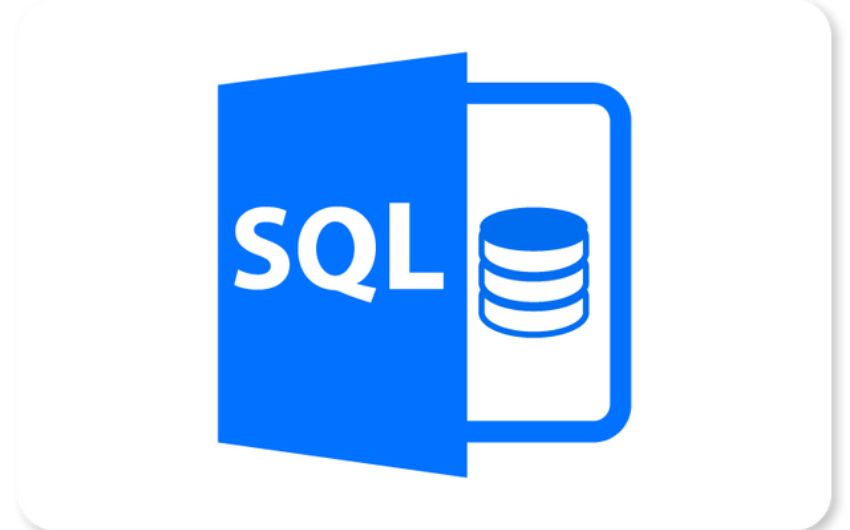
SQL syntax was considered the best blockchain programming language for 2021. IBM’s newest software program enables faster and easier integration into database systems, including MySQL, PostgreSQL, and Oracle. It can help build secure and efficient enterprise applications on the blockchain.
- Erlang
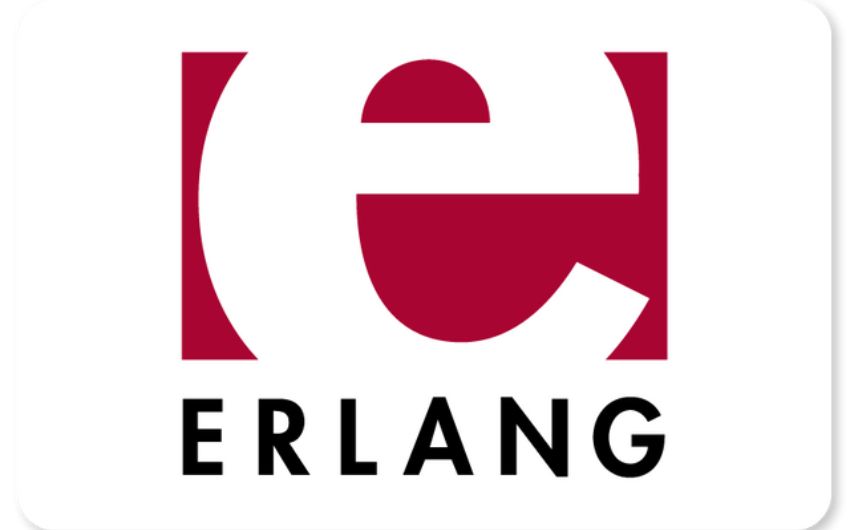
Erlang is yet another blockchain programming language that is incredibly important to consider. The language is not as common as a popular blockchain-based language such as JavaScript. However, blockchain developers can find some of its options.
Frequently Asked Questions
- What programming languages are used for blockchain?
There are several programs to help develop blockchain. These languages include primitives including Java scripts and Python and new entry-levels like Solidarity, Simplicity or CX.
- Are Blockchain developers in demand?
Yes, blockchain development is very important. The demand for blockchain engineers is 557.9% higher in 2020 from 2019 to 2024. And that number will surely increase over time.
- What language is Ethereum coded in?
Ethereum has an Ethereum-like UI coded with C++ Go.
- What coding does Blockchain use?
Among the common languages used to develop blockchain technology are Python, Ruby, and Python. Solidity has been developed for creating a smart contract on the Ethereum blockchain using its own language.
- Which programming language is best for app development?
Programmable Language for Android apps- Java.
Initially, Java was used by developers of Android applications (now Kotlin was replaced by it); thus, it was also used in the most popular languages.
- Is Python good for Blockchain?
A python is a fantastic tool for Bitcoin & Cryptocurrency projects because it can be easily implemented, has high-level security, and can handle large numbers. It’s advanced and reliable as well, and very secure.
Conclusion
The future is now! It’s time to learn how you can get in on this ground floor action. Blockchain programming languages are the hot new thing, and they will revolutionize data transfers. Just think about what impact these revolutionary technologies have had already upon our favorite cryptocurrencies and what more they can unfold.
There have been many developments in this field over recent years, which means there’s plenty more room for creativity when it comes down to choosing your blockchain runtime language.
Connect with Brainvire blockchain development experts and ease out your journey today!
Related Articles
-
A Glimpse Into What The Future Holds For Cardano ADA And If It Poses A Challenge For Ethereum
The blockchain industry has evolved tremendously over the past few years. Be it in terms of use cases or technological advancements, blockchain has observed a sea change. Undoubtedly one of
-
Blockchain Integration in Industry 4.0: Trends, Challenges, and Opportunities
Imagine a world where supply chains are as clear as crystal, products can be traced from their birth to your doorstep, and transactions are safe and secure. Sounds like a
-
How Can Blockchain Revolutionize the Financial and Banking Sector?
Since its inception in 2008, blockchain technology has disrupted many industries and sectors. It packs certain features like decentralization, immutability, and transparency that make it appealing. Blockchain is gradually gaining
